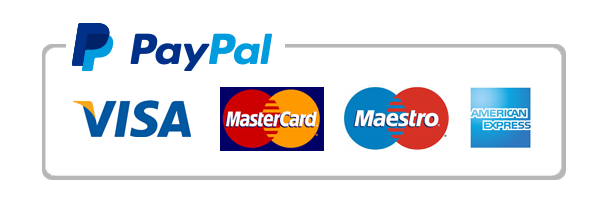10-1 Discussion: Planning for Continuous Improvement
Over the last nine weeks, you identified the need for a program, planned the program, designed the activities, and determined the desired outcomes. This week, you will consider what happens once the program is approved and implemented. Planners must monitor the program’s processes as well as initial results. This monitoring allows them to use the feedback loops to make efficient and thoughtful changes.
In your initial post, address the following:
- Imagine your program is operating well, but there are fewer participants than expected. Describe what adjustment you will make to increase the number of participants.
- Imagine your program staff is having difficulty working the required hours. Their training is also not complete, even though activities are scheduled to start in three days. Describe how you will help your staff meet the program timeline expectations.
- Explain how these issues might impact the program’s overall outcomes if they are not addressed in time.
Type 2 diabetes

